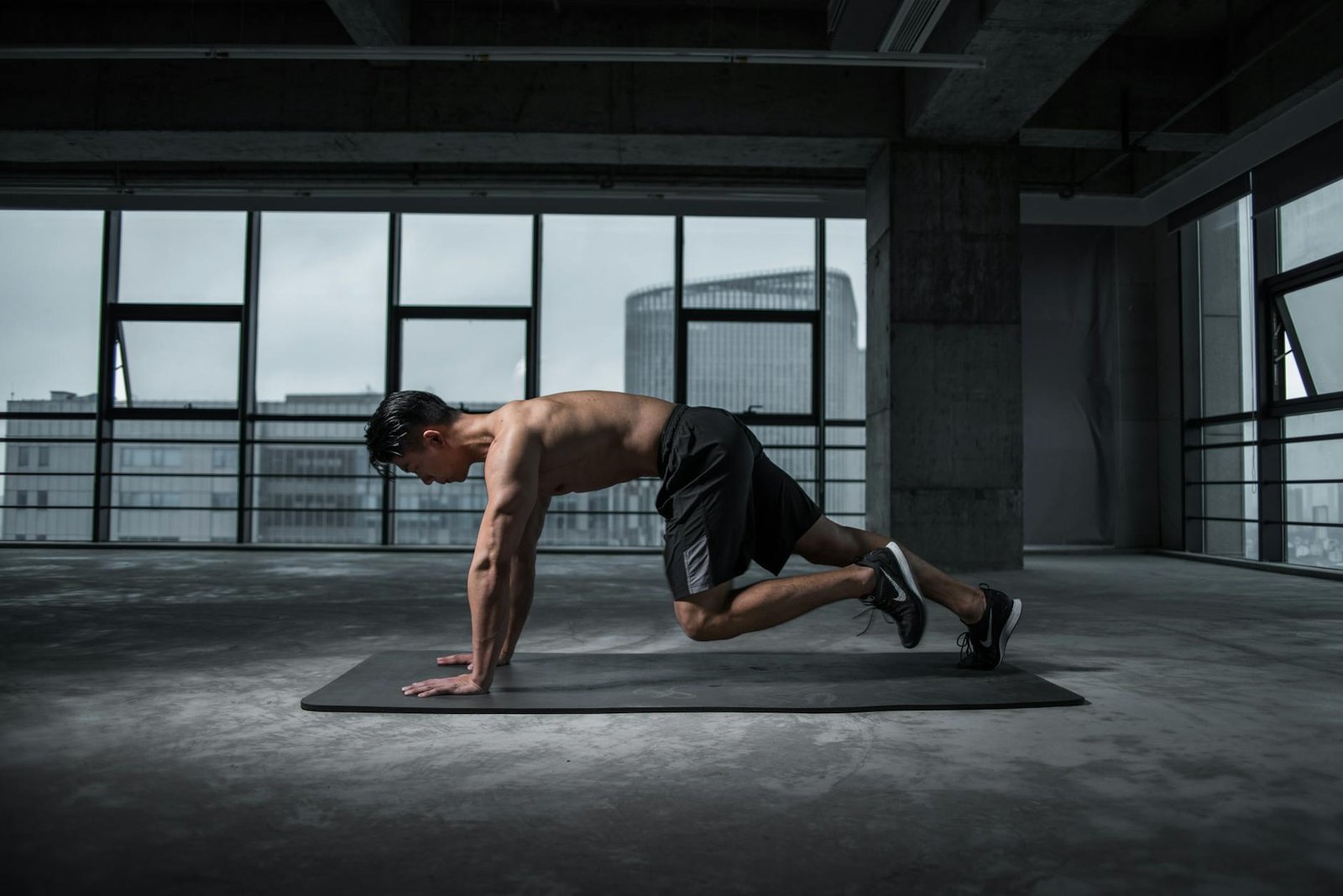
Muscular endurance may sound like one of those gym buzzwords you hear flying around the gym, but it’s an important aspect of the way you navigate your life. It’s what allows you to carry your groceries up the stairs, ride a bike for hours, or just play or walk with your kids in the park.

Simply put, muscular endurance is how well your muscles can repeat the movement and maintain the effort over the time, without giving up. Whether you’re an athlete or simply a person who wants to feel stronger and have more energy, enhancing muscular endurance can make a big difference in your everyday life.

So, what happens inside your body when you increase your endurance? Everything depends on the kind of muscle fibers you’re working with. Slow-twitch muscle fibers are MVPs in this case, they’re designed for endurance and use oxygen to power longer, more sustained body movement.

When you give exercise to these fibers, you’re causing your muscles to become more efficient. And sure, being able to get through more push-ups or planks is awesome, but it’s really about making everyday physical movement more effortless.

The advantages of muscular endurance go way beyond the gym. Stronger muscles that don’t exhaust quickly can improve your posture, protect your joints, support bone health, and even reduce the further risk of injury.

You’ll notice better energy throughout the day, improved sleep, and more stable moods. It can also help to shift your body posture, with more lean muscle and less fat, great for both your health and your confidence. From the American Council on Exercise, muscular endurance is a major contributor to keeping you upright, steady, and ready for whatever the day may bring.

Muscular endurance can be developed without fancy machines or a gym membership. Bodyweight exercises such as push-ups, squats, lunges, planks, and crunches are very effective. The secret is how you do them, shoot for more reps, 15 or more per set, using moderate resistance with brief rest periods in between. Circuit training is another wonderful options. By changing exercises patterns rapidly, you maintain a high heart rate and an active muscle. Isometric moves, such as holding a plank or wall sit, are also great for endurance and joint stability, especially if you’re recovering from an injury.

Want to use weights? Use lighter ones first, about 50% of your one-rep maximum, and aim to do more reps with as little rest as possible. This will train your muscles to recover fast and fight off fatigue, which is the essence of endurance. Mixing up your exercises now and then also keeps things new and interesting and keeps your gains in line.

Of course, safety is also important as going hard. Always start with a warm-up to get your body ready, dynamic stretches are great. Make sure your form is solid, and if you’re not sure, don’t hesitate to ask a fitness coach or trainer for help. Remember to breathe properly, exhale during the hard part of a movement, and inhale during the easier part. Give your muscles time to recover, at least 24 hours between endurance sessions, and finish your workouts with a cool-down and some stretching. If you’re not feeling well or something hurts, take a step back and rest.

Muscular endurance isn’t just about being “fit”, it’s about building a stronger, more capable version of yourself. With the right approach, you’ll feel more confident in your movements, enjoy greater energy, and be better prepared for whatever life throws your way.
